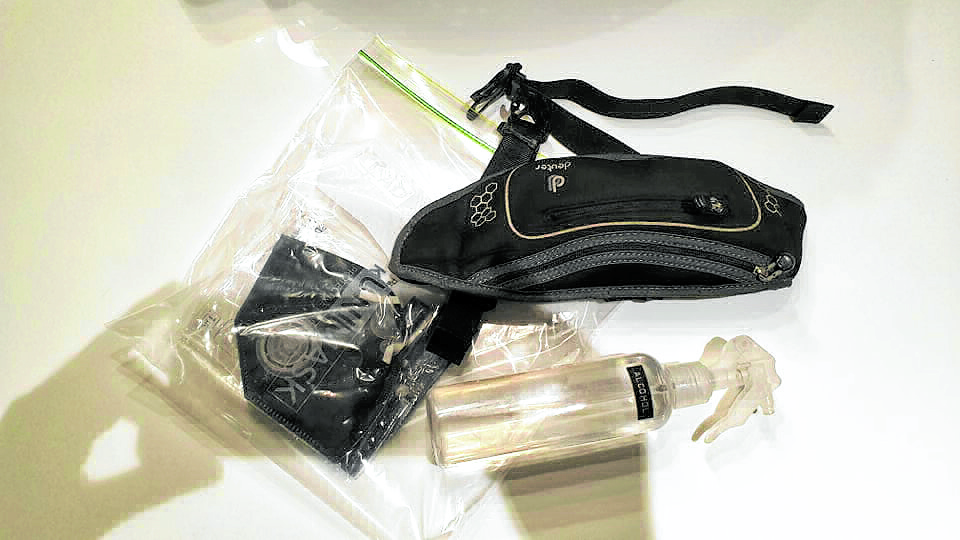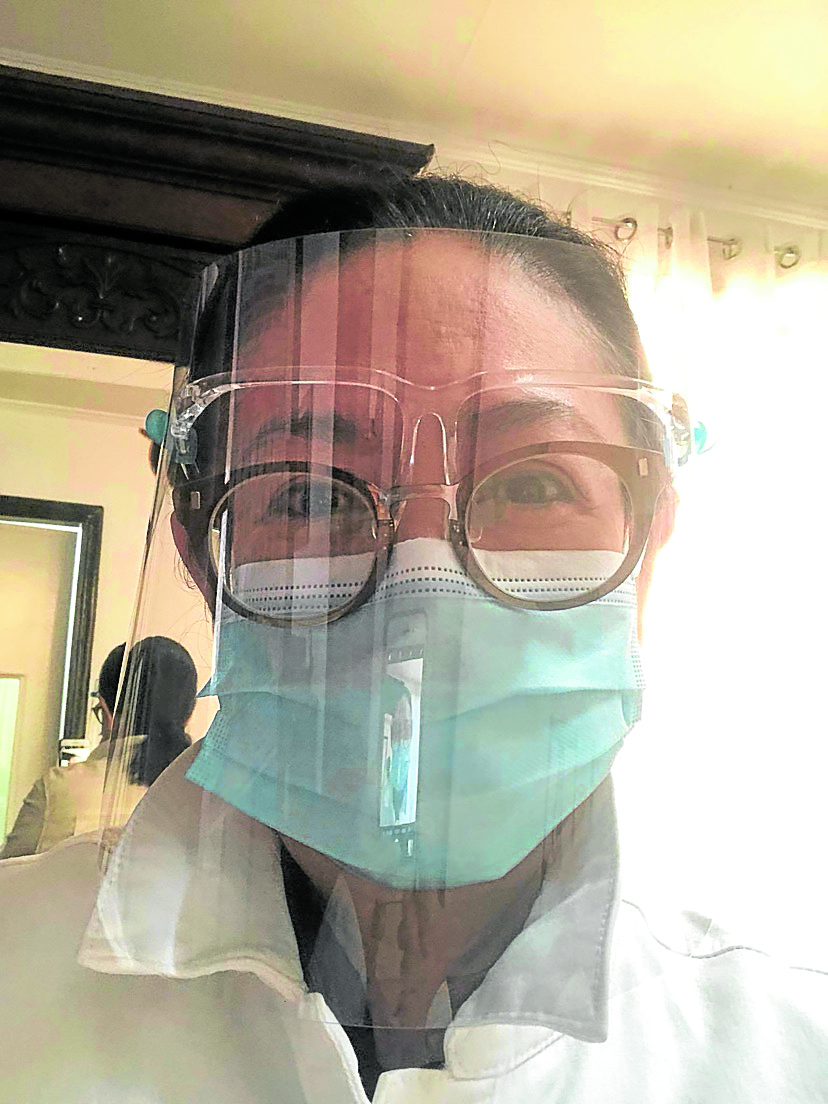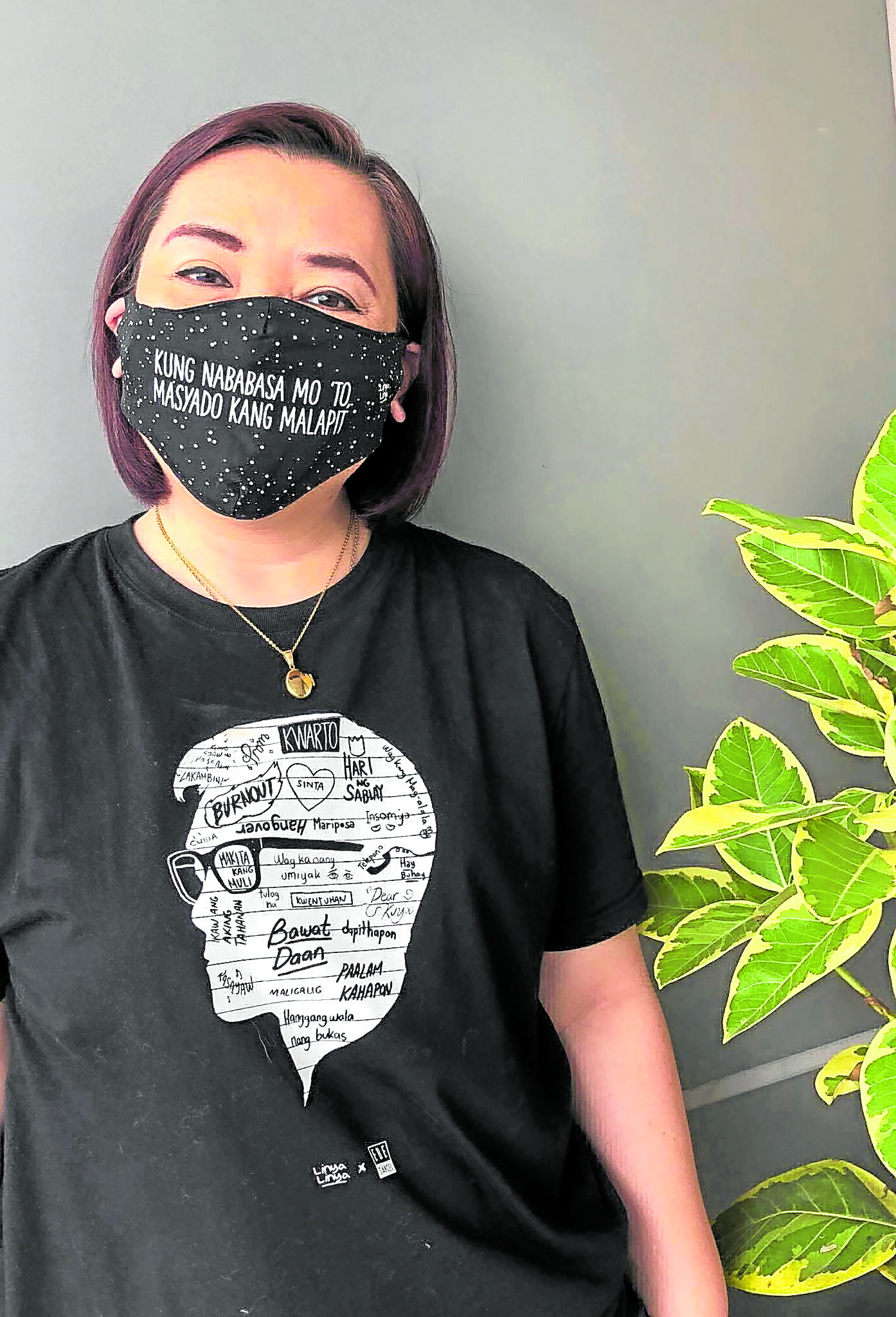Last week, I went out to buy groceries for maybe the fifth time since March.
Mask, check. Face shield, check. Spray bottle of alcohol, check. ATM, debit cards, some cash in a little pouch bag, check. Phone, check. I felt ready to face the pandemic-stricken world.
But then, once I was actually out there, I realized I wasn’t that ready.
I was worried that I was touching too many things—groceries, the carts, the card machine, money. The cashier had touched my debit card—should it go back into my pouch with my other things? Another cashier had given me change, what do I do with it? I should have brought little Ziploc bags!
The United States Centers for Disease Control and Prevention has the following tips for people running errands:
“Stay home if sick. Use online services if available. Wear cloth face coverings. Use social distancing. Disinfect the shopping cart, use disinfecting wipes if available. Do not touch your eyes, nose, mouth. If possible, use touchless payment. If you must handle money, a card, or use a keypad, use hand sanitizer right after paying. Use hand sanitizer after leaving stores. Wash your hands with soap and water for at least 20 seconds when you get home.”
But what should be in our “new normal” survival kit? In this series, we ask people what they bring with them and how they stay safe when they go outside.

Bag lady no more
“I’m a bag lady,” said film director Marlon Rivera. “I carry my whole life in a big tote bag everywhere I go.”
But he’s given that up for now: “I miss my lip balm, my leather phone case, my wallet. Anything that can’t be washed with soap or sprayed with alcohol stays in the house.”
These days, he’s swapped his tote bag for a “tiny belt bag with essential cards and cash, a spray bottle of alcohol and spare masks inside a Ziploc bag.”
And for protection? “I bring a habit out—mask, large eyeglasses, my kit, and I go full Gandalf when someone comes close to me.”

Make a list
Grace Magno, VP for corporate marketing at SM Supermalls, has the following in her new normal kit: nano filter mask, acrylic face shield, two spray bottles of alcohol, one pack of antibacterial cleansing wipes, Ziploc bag with washed and ironed cash, credit cards. “I put all of these in a washable bag plus my phone in a crossbody sling.”
She brings all those items in a sling bag along with a UV wand when she goes to the mall. “If shopping or doing errands, I make a list and go to only one place that I know is safe: an SM mall—blatant plug—because I can do my banking, pay bills, buy my meds and pass by Healthy Options for my health fixes like probiotics, sugar-free chocolates and gluten-free cookies and salty snacks.
“I usually order from one of the restaurants for take home and pick the stuff up on my way out. If there’s a Farmers’ Produce Market on, I stock up on vegetables and fruit like strawberries which I freeze to make into dessert or shakes later. You help pa the farmers.”
She adds: “It’s easier to go to only one place to do it all—so it’s easier to trace and track later where you went, but I make sure I go where there are safety protocols in place.”
If she’s going to the office, she brings an “easy clean trolley bag with a Hydro Flask with hot water and snacks.”
She now drives herself, too. “My driver pre-COVID (new coronavirus disease) has now repurposed himself into a Mr. Shopee rider. I never take off my mask and my face shield unless I am in the car, alone.”
Dr. Gia Sison says she stays safe using her gear and by “ensuring health protocols.” She never leaves the house without her personal protective equipment.
What’s in her new normal kit? “UV box sterilizer, alcohol spray, N95 mask and Ziploc and wipes.”

Want to show us what’s in your “new normal” survival kit? Email [email protected].












































